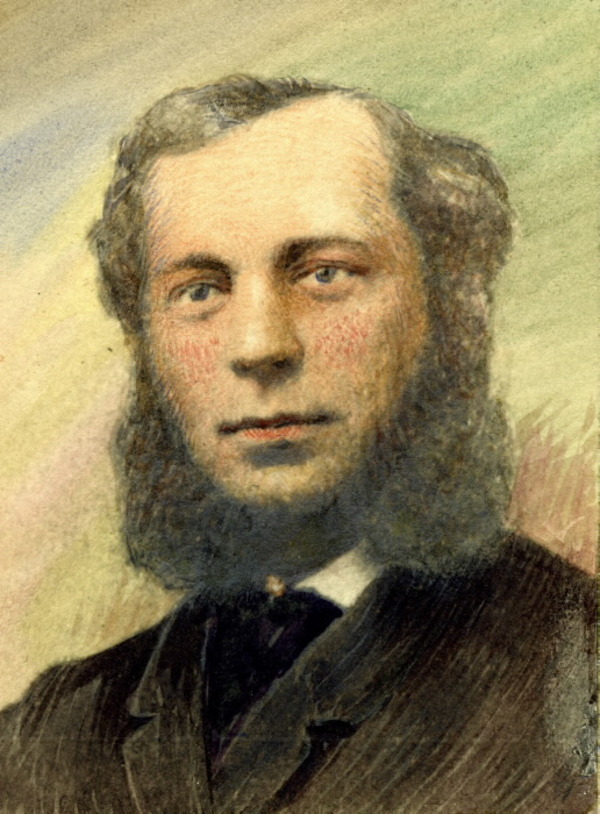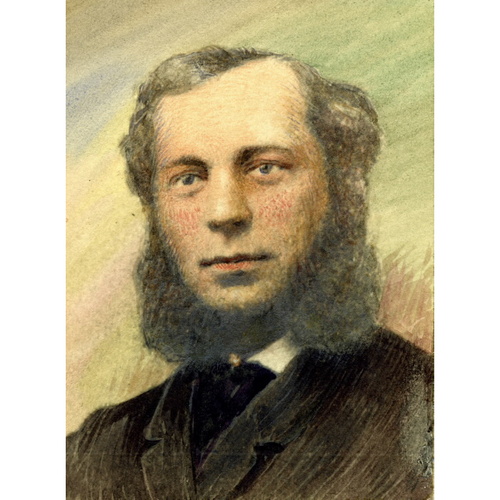MATTHEWS, PETER, militiaman, farmer, and rebel; b. 1789 or 1790 in the Bay of Quinte region (Ont.), son of Thomas Elmes Matthews and Mary Ruttan (Rutan, Rattan); m. in the early 1830s Hannah Major, and they had eight children; hanged 12 April 1838 in Toronto.
The early years of Peter Matthews’s life are obscure. His mother was from a loyalist family and his father was probably a loyalist. It is difficult to determine where his family lived because records are incomplete and Peter’s father was rather careless about patenting his lands. Thomas Matthews apparently was granted land in Marysburgh Township and then in Sidney Township. About 1799 the family moved to Pickering Township, where Thomas obtained 350 acres and Mary 200 acres.
In Pickering the Matthews family was quite public-spirited, contributing to the building of a school and working to improve the major road in the area, the Brock Road. Thomas was active as a local official, and he and two or three sons served in the militia during the War of 1812, Peter being a sergeant. Peter pledged a donation to the Methodist college to be built at Cobourg, but died before it could be honoured.
It was this desire to serve others that apparently caused Peter’s death. The family was unhappy with the services provided to the rural inhabitants by the government at Toronto. Although not as prominent a public figure as his father had been, Matthews was involved in local reform politics in a small way and was drawn into the events preceding the rebellion of 1837. He was active in the political union movement of the summer and fall of that year, which was designed to pressure the British government to grant reforms, and he was evidently persuaded by some of his neighbours, most notably the Baptist minister George Barclay*, to take part in the uprising planned by William Lyon Mackenzie*. A much liked and a prosperous man who had a successful farm and the proceeds from the sale of his father’s land in Sidney, Matthews was a logical choice to lead the men from Pickering and nearby townships who joined the rebellion.
Matthews’s party of about 50 left Pickering on 5 December and arrived at Montgomery’s Tavern on Yonge Street north of Toronto the next day. On the morning of the 7th, Matthews and about 60 men were sent by Mackenzie to the bridge across the Don River east of the city. There they were to create a diversion which Mackenzie hoped would prevent government forces from attacking Montgomery’s until the reinforcements he was expecting had arrived there. Matthews’s party killed one man and set the bridge and some houses on fire before being driven off by loyalist forces. The rebellion failed that day and Matthews fled, but he was captured in a farmhouse in York Township. He pleaded guilty to a charge of treason and petitioned for mercy. Although evidence about his role was contradictory, the Executive Council decided that he had been a leading figure in the uprising and held him responsible for the fires and the death at the bridge. Despite appeals for clemency signed by thousands, Matthews was executed with Samuel Lount on 12 April 1838. His property was seized by the crown, but in 1848, after pardons had been extended to most of the rebels, it was returned to the family.
[Thomas Elmes Matthews appears on some early lists of loyalists, but not on others; see, for example, BL, Add. mss 21827–28 (mfm. at PAC), and AO, RG 1, A-IV, 80. His claim to be a loyalist, his probable location, and some information about his family are contained in AO, RG 1, A-I-6: 1766–67; C-I-3, 14, 18; C-I-4, 40; Hastings Land Registry Office (Belleville, Ont.), Abstract index to deeds, Sidney Township (mfm. at AO); and PAC, RG 1, L3, 376: M misc. 1, 1789–1803/25; 379A: M leases/180; 380: M leases/261. There is information on the Matthews–Ruttan connection in “Ruttan of Canada: research outline for five generations,” comp. J. R. Meachem (mimeograph, West Palm Beach, Fla., 1974; copy at AO), and information on Mary Ruttan’s loyalist background in AO, MU 1130, no.27 (“A part of the family of Ruttan,” family tree, comp. H. N. Ruttan, Toronto, 1975), and MU 2383–84. The story of the Matthews family in Pickering is told, with some inaccuracies and contradictions, in W. A. McKay, The Pickering story ([Brougham, Ont.], 1961). Peter Matthews’s role in the uprising and some personal details appear in PAC, RG 5, A1: 99017–18, 99030–32, 104969–89; and RG 1, E3, 33: 61–63; 45: 34–42; 50: 44–47. The fate of the Matthews property is dealt with in AO, MS 88, Robert Baldwin et al., opinion book, 226. r.j.s.]
Cite This Article
Ronald J. Stagg, “MATTHEWS, PETER,” in Dictionary of Canadian Biography, vol. 7, University of Toronto/Université Laval, 2003–, accessed January 4, 2026, https://www.biographi.ca/en/bio/matthews_peter_7E.html.
The citation above shows the format for footnotes and endnotes according to the Chicago manual of style (16th edition). Information to be used in other citation formats:
| Permalink: | https://www.biographi.ca/en/bio/matthews_peter_7E.html |
| Author of Article: | Ronald J. Stagg |
| Title of Article: | MATTHEWS, PETER |
| Publication Name: | Dictionary of Canadian Biography, vol. 7 |
| Publisher: | University of Toronto/Université Laval |
| Year of publication: | 1988 |
| Year of revision: | 1988 |
| Access Date: | January 4, 2026 |




